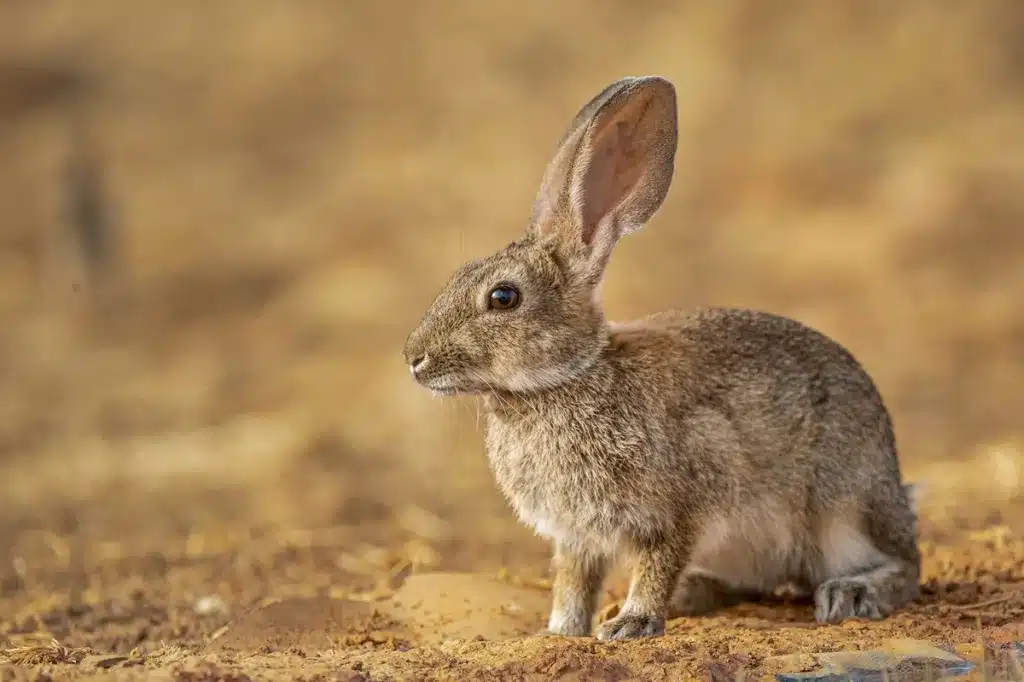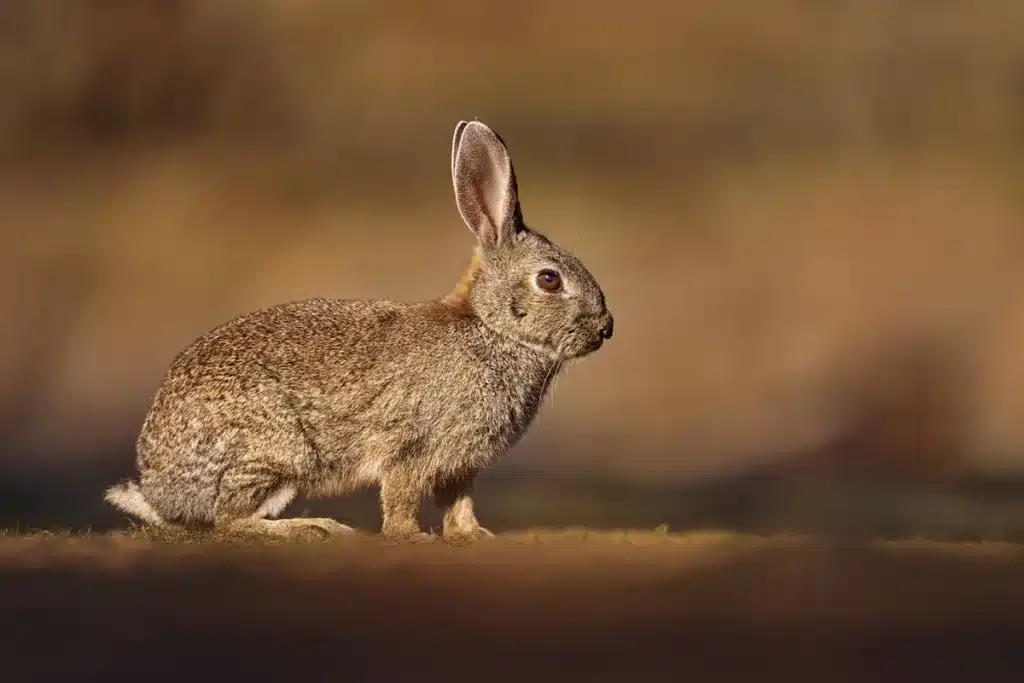Why do some increase and others disappear?

The European rabbit (Oryctolagus cuniculus) faces a paradoxical situation in its native habitat of the Iberian Peninsula. While many populations have declined dramatically due to a new variant of rabbit hemorrhagic disease virus (RHDV-b), others remain healthy and, in some cases, are considered agricultural pests. A study titled ‘The paradox of endangered European rabbits considered a pest in the Iberian Peninsula: trends in subspecies matter’, published by Patricia H. Vaquerizas, Miguel Delibes-Mateos, Vicente Piorno, Beatriz Arroyo, Francisca Castro and Rafael Villafuerte in Endangered Species Research In 2020, explore whether this difference could be related to the existence of two subspecies of rabbits that coexist on the peninsula: O.c. algirus and O.c. cuniculus.
Two completely different subspecies
In the Iberian Peninsula, O.c. algirus and O.c. cuniculusoriginated after isolation during glacial refuges in the late Pleistocene. These subspecies are allopatric, that is, they occupy separate geographical areas, with a narrow contact zone where they coexist. Previous studies have shown significant ecological, morphological and molecular differences between both subspecies.
Rabbit hemorrhagic disease virus (RHDV) has been one of the main causes of mortality in rabbit populations in the Iberian Peninsula. The emergence of a new variant, RHDV-b, in 2011, has had a significant impact, causing a significant reduction in the size of the rabbit population between 2009 and 2019. This decline has led the International Union for the Conservation of Nature (IUCN) to classify the European rabbit as an “endangered” species in its native range.
Differences in population trends between subspecies
The study evaluated the population trends of the two rabbit subspecies after the RHDV-b outbreak through an online survey aimed at administrative managers of official hunting departments in all provinces of mainland Spain. The results indicated a generalized negative trend in the distribution area of O.c. algirus, while in the area of O.c. cuniculus a more stable trend was observed or even positive.
These differences in population trends between subspecies have significant implications for the conservation of rabbit-dependent predators, such as the Iberian lynx (Lynx pardinus) and the Iberian imperial eagle (Aquila adalberti), which are mainly found in the distribution area of O.c. algirus. Declining rabbit populations in these areas could negatively impact these endangered predators.
Additionally, healthy rabbit populations, primarily on farmland, have caused significant damage to crops, leading to conflicts with farmers. This situation highlights the need for differentiated management strategies for each subspecies, considering both the conservation of biodiversity and the mitigation of agricultural damage.
Study Recommendations
The study highlights the need to establish a long-term monitoring program for rabbit populations in the Iberian Peninsula to confirm observed patterns and contribute to evidence-based management decisions. Furthermore, it is recommended to apply management systems adapted to the particularities of each subspecies, considering the differences in their population trends and the implications for the conservation of predators and agriculture. For a more detailed understanding, the full study can be consulted at this link.
How are the two subspecies different?

The two subspecies of European rabbit present in the Iberian Peninsula, Oryctolagus cuniculus cuniculus and Oryctolagus cuniculus algiruspresent subtle but significant morphological differences, a product of their adaptation to different historical and ecological environments. One of the main distinctions lies in body size. While O.c. cuniculus It is usually larger and more robust, O.c. algirus It is generally smaller and lightly built.


Another notable difference is in the length of the ears. In O.c. cuniculusthese are proportionally longer in relation to the body, while in O.c. algirus They tend to be shorter and rounded. Likewise, the shape of the skull varies between both subspecies: O.c. cuniculus has a longer and flattened skull, while that of O.c. algirus It is shorter and rounder, with certain differences in the mandibular structure that reflect its specific adaptations.
The coat is also a differentiating feature. O.c. cuniculus It usually has a more uniform and lighter coat, with predominantly grayish tones, while O.c. algirus It shows a darker coat with less homogeneous patterns, adapted to Mediterranean and wooded environments. These variations are linked to the regions they inhabit: O.c. cuniculus It is found mainly in the northeastern and central part of the Peninsula, in more open areas, while O.c. algirus It lives in the southwest, in areas of denser and typically Mediterranean vegetation.
These morphological differences, although they may be difficult to notice for a casual observer, are fundamental for researchers, as they reflect thousands of years of evolution and adaptation to different ecosystems. Combined with genetic and ecological variation, these characteristics explain why the two subspecies respond differently to threats such as diseases, predators, and changes in the environment.







